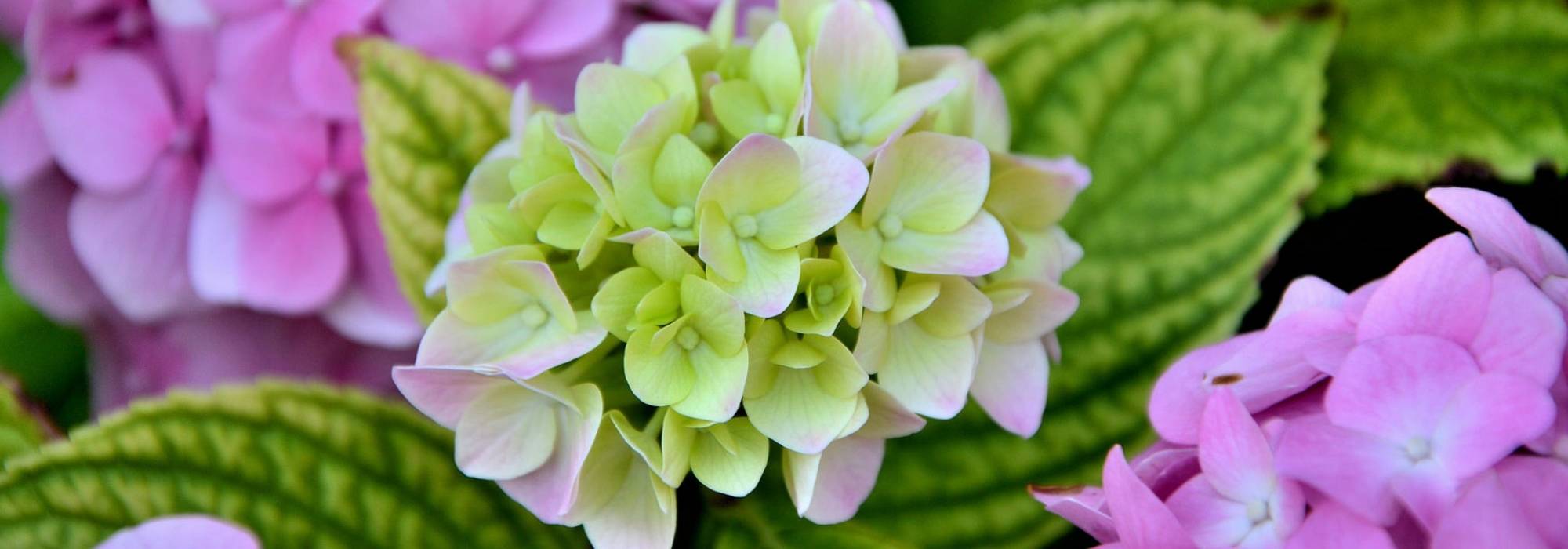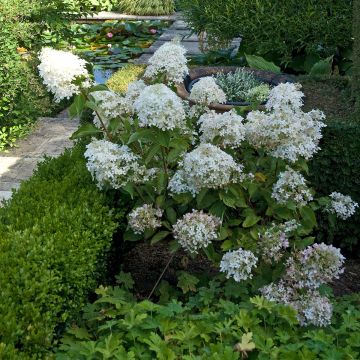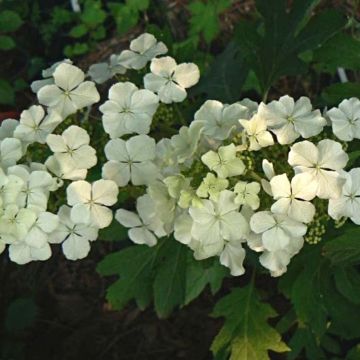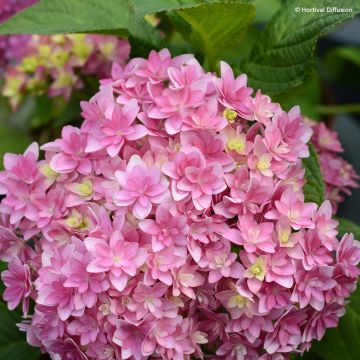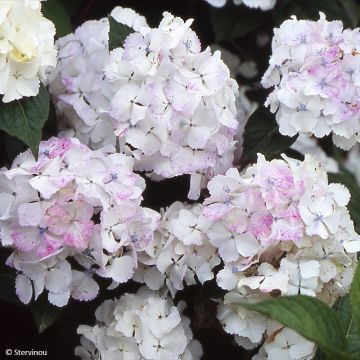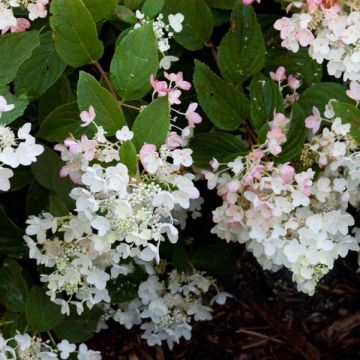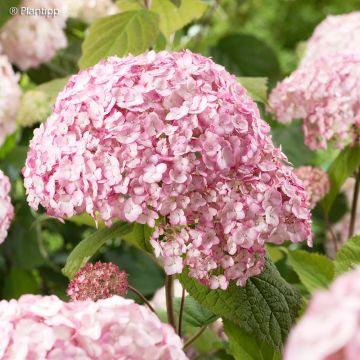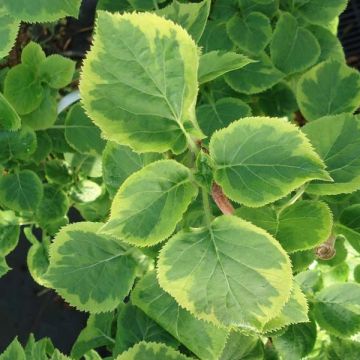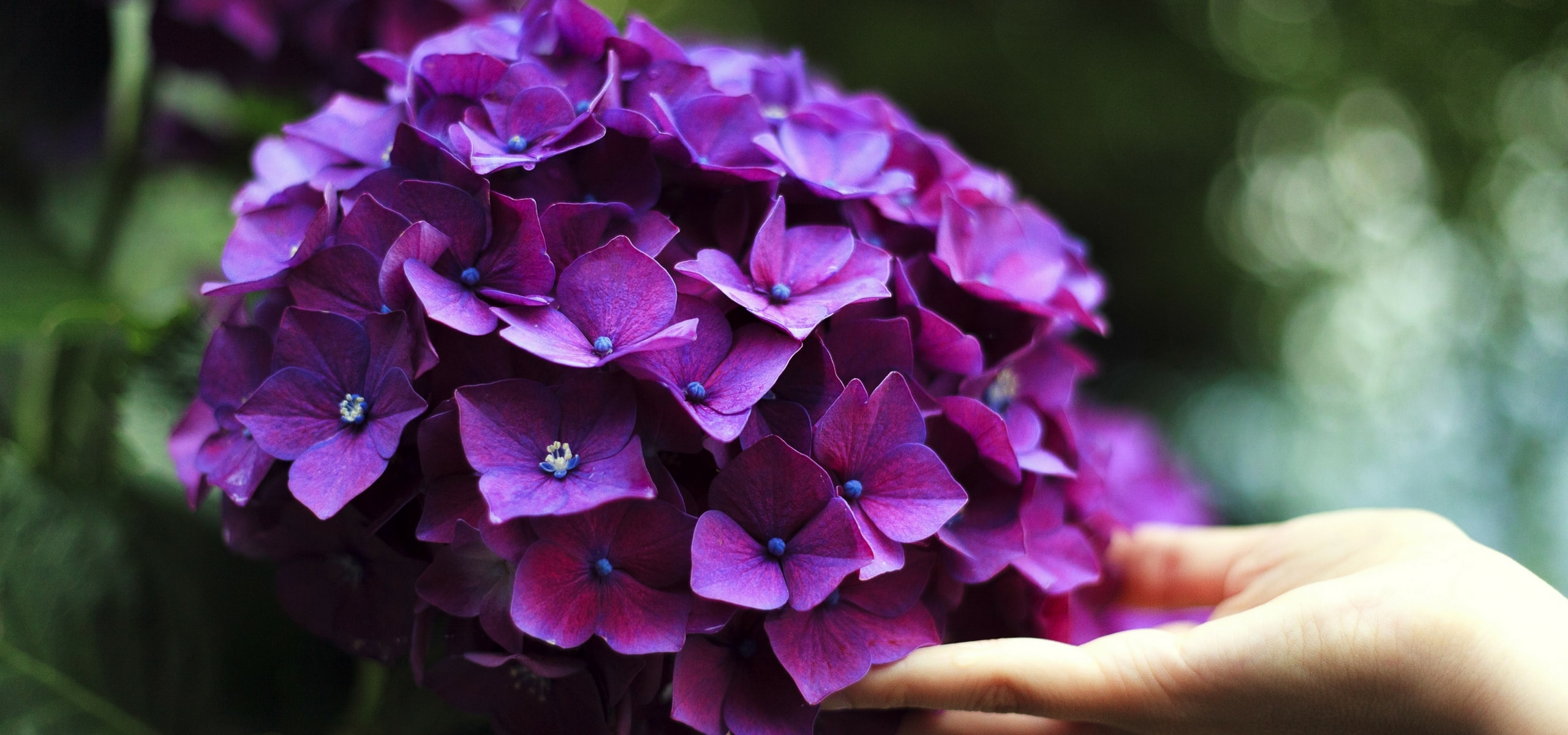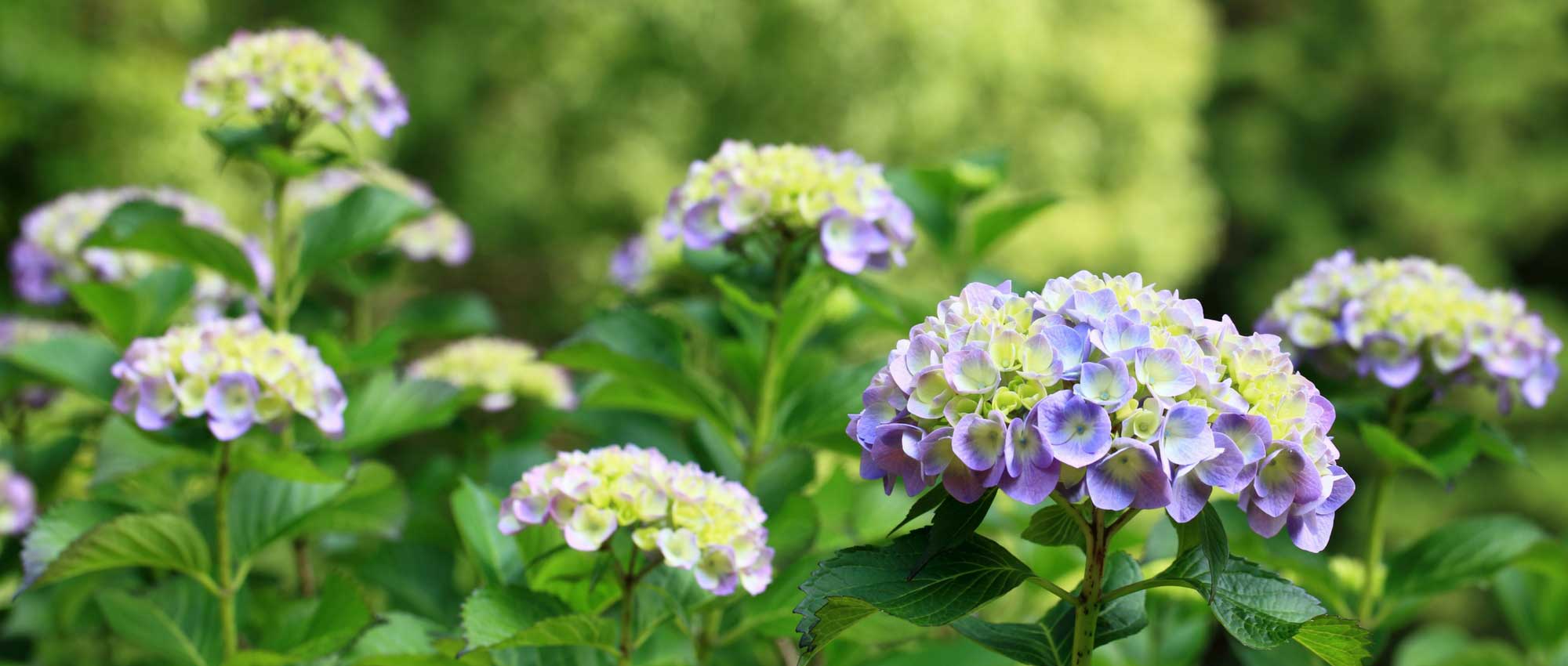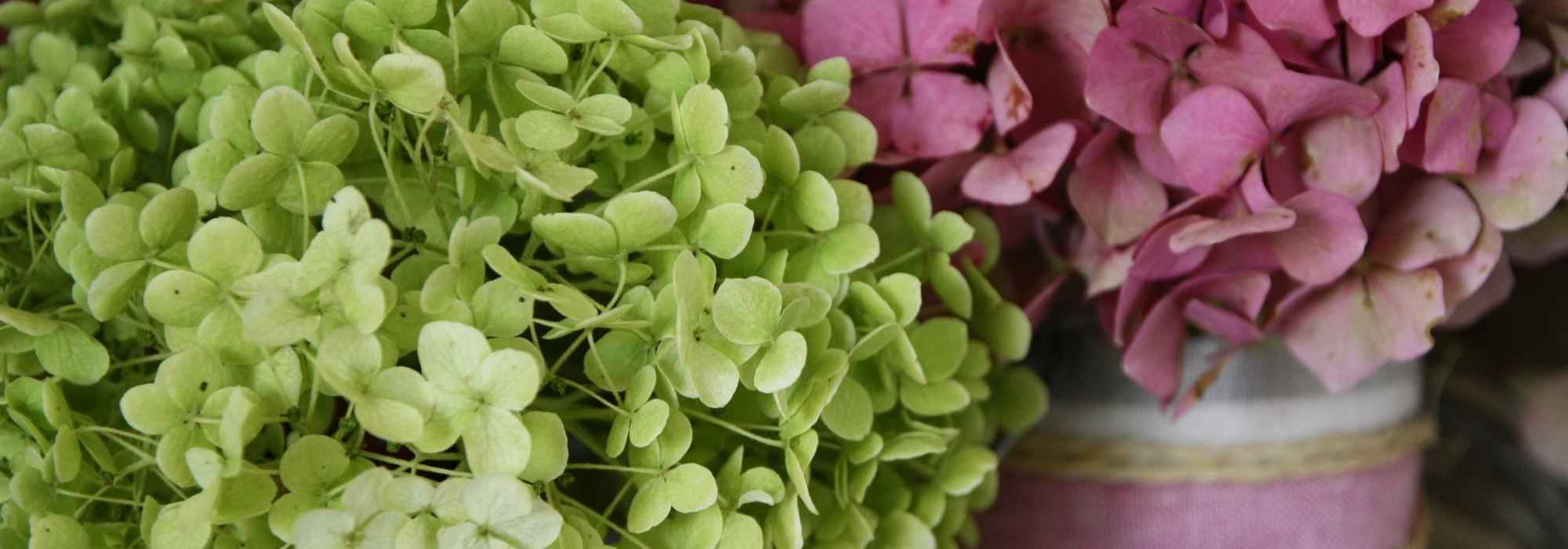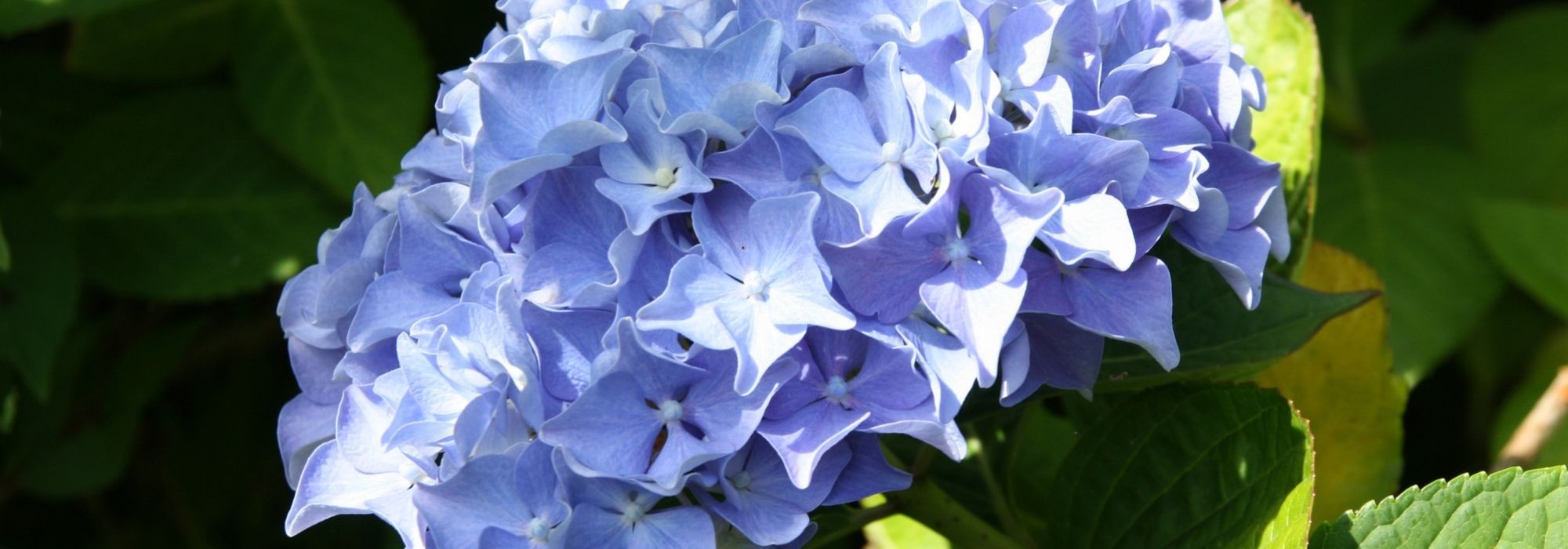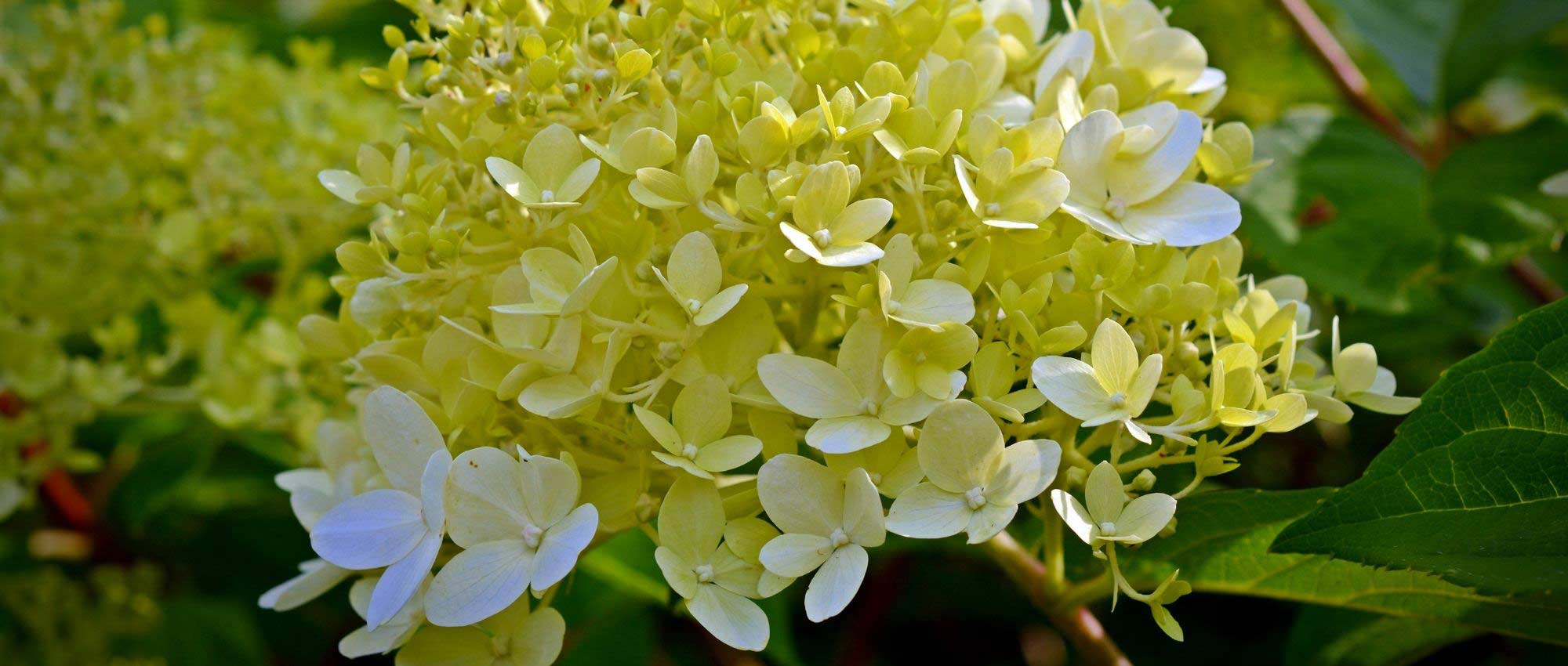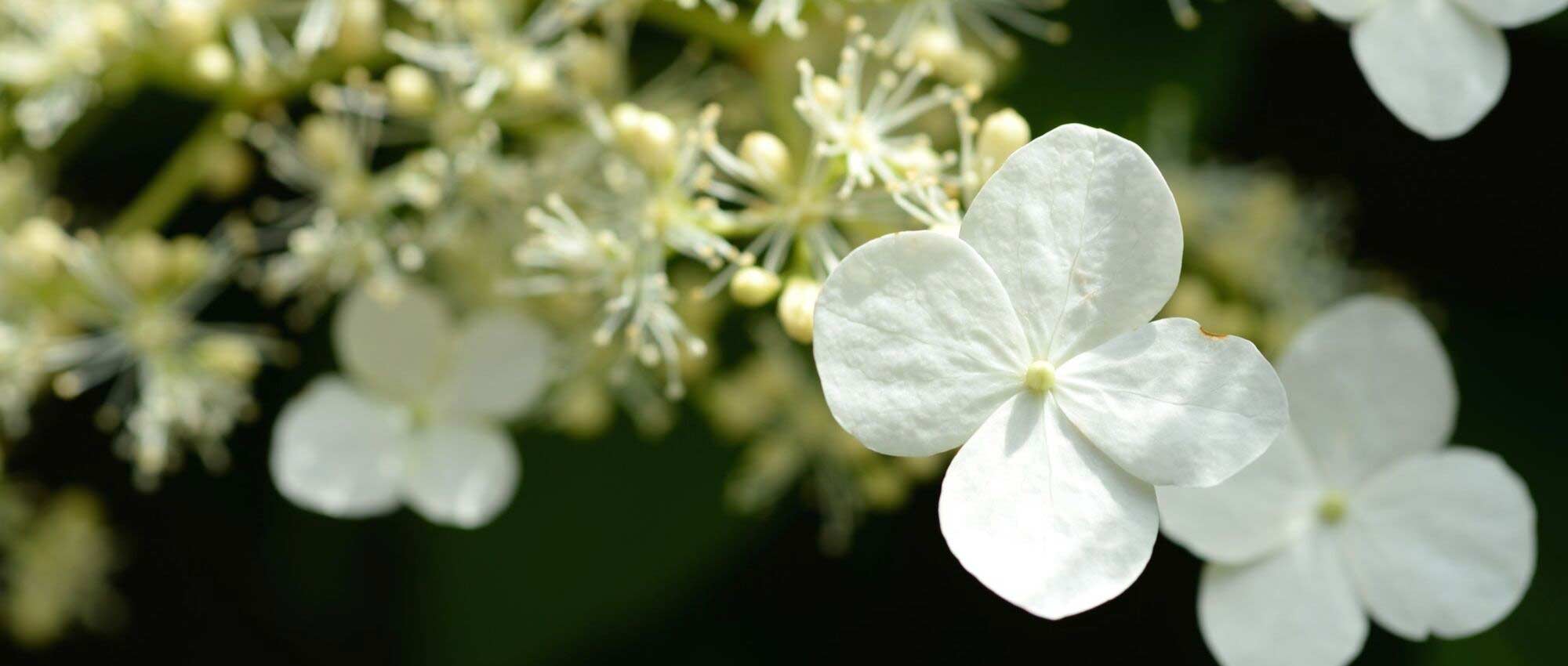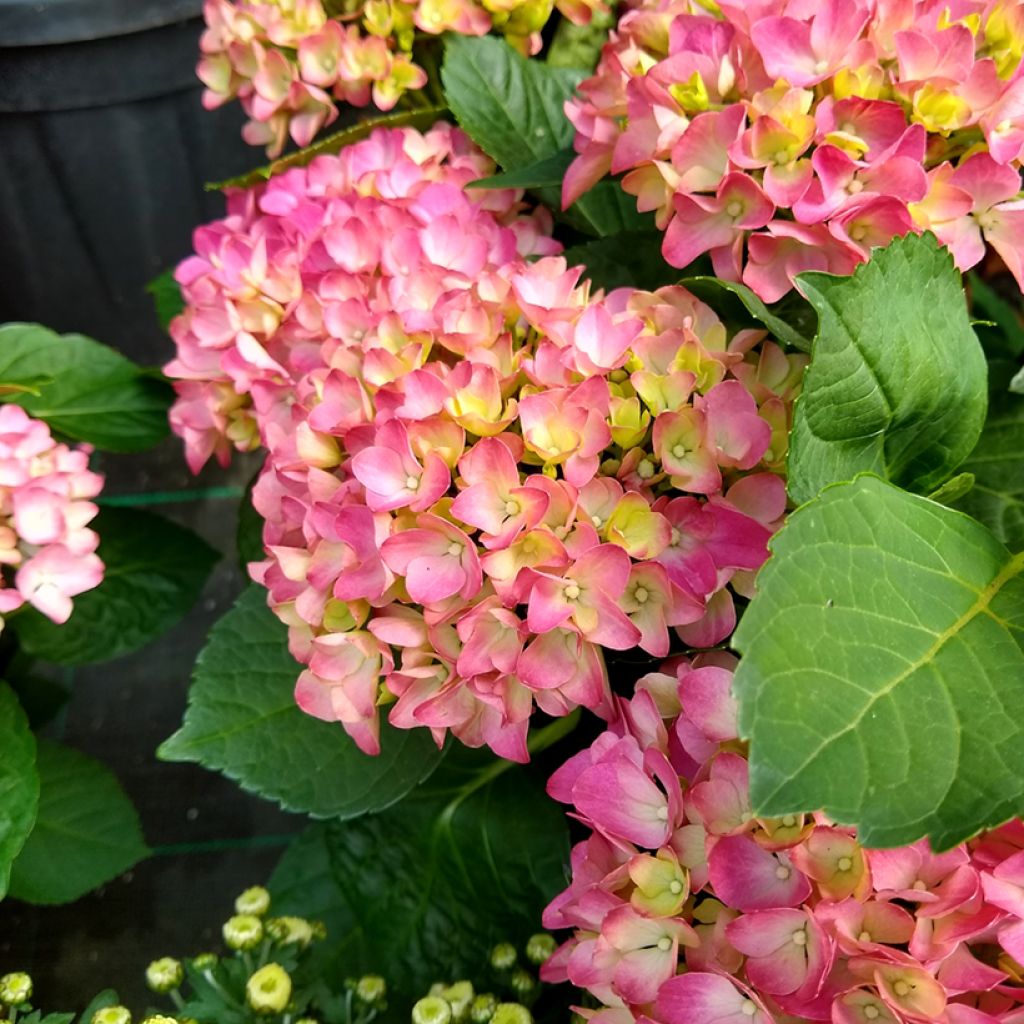

Hydrangea macrophylla Gräfin Cosel - Mophead Hydrangea
Hydrangea macrophylla Gräfin Cosel - Mophead Hydrangea
Hydrangea macrophylla 'Horcos' GRÄFIN COSEL ( SAXON® series )
Bigleaf Hydrangea, Mophead Hydrangea
Special offer!
Receive a €20 voucher for any order over €90 (excluding delivery costs, credit notes, and plastic-free options)!
1- Add your favorite plants to your cart.
2- Once you have reached €90, confirm your order (you can even choose the delivery date!).
3- As soon as your order is shipped, you will receive an email containing your voucher code, valid for 3 months (90 days).
Your voucher is unique and can only be used once, for any order with a minimum value of €20, excluding delivery costs.
Can be combined with other current offers, non-divisible and non-refundable.
Home or relay delivery (depending on size and destination)
Schedule delivery date,
and select date in basket
This plant carries a 24 months recovery warranty
More information
We guarantee the quality of our plants for a full growing cycle, and will replace at our expense any plant that fails to recover under normal climatic and planting conditions.
Does this plant fit my garden?
Set up your Plantfit profile →
Description
The Hydrangea or Hydrangea macrophylla 'Gräfin Cosel' is a recent variety that initially develops young green and chocolate brown foliage before offering round inflorescences in contrasting white and shades of red oscillating towards pink. It forms a relatively compact bush of medium size, to be planted in isolation, on the edge of trees, or in a bed with other shrubs or perennial plants. Its foliage turns yellow in autumn, adding to its charm. Very hardy, this Hydrangea should be planted in a semi-shaded position, in neutral to acidic soil.
The Hydrangea macrophylla is a deciduous bush, native to Japan, where its beauty has been appreciated for centuries and mentioned in poems dating back to the 8th century! In this country that attaches great importance to plants, festivals are even dedicated to this bush. It is found in the wild on the island of Honshu (which is home to the capital Tokyo), and it was introduced to Europe around 1789.
This 'Gräfin Cosel' Hydrangea is a recent German variety from the SAXON series. It has a medium growth rate, forming a relatively compact bush, about 1.50 m in height and 1.20 m wide after 10 years, with glossy dark green foliage, coloured brown in spring and yellow in autumn. The stems are robust, allowing them to support the large ball-shaped inflorescences. These are made up of bicoloured flowers, white and red, evolving towards pink, grouped in inflorescences about twenty centimetres in diameter. They provide a strong contrast of colour against the dark mass of foliage. This Hydrangea, like all H. macrophylla, is not a strictly heather soil plant, but it prefers neutral to acidic soils, rich in humus. It is fairly hardy (-17 °C). While severe frosts can damage the tips of the branches, they easily regrow after pruning in spring. Easy to grow, it can live for a very long time.
The 'Gräfin Cosel' Hydrangea, a must-have for garden beds, offers an abundance of flowers that capture attention when paired with other shrubs in non-limestone soils. To bring the garden to life, it is wise to surround it with plants that bloom at different times of the year. At the beginning of the year, 'Hamamélis 'Diane' brightens up the short days of February with its delicate red flowers on bare wood. In spring, from February to April, the Camellia 'Tom Pouce' brings a romantic touch with its pink flowers edged in white, followed in May and June by a Kalmia, or mountain laurel. 'Gräfin Cosel' illuminates its foliage with beautiful inflorescences from June to September. To end the year, an Autumn Camellia with fully open petals and a bright yellow stamen heart is ideal.
Plant habit
Flowering
Foliage
Botanical data
Hydrangea
macrophylla
'Horcos' GRÄFIN COSEL ( SAXON® series )
Hydrangeaceae
Bigleaf Hydrangea, Mophead Hydrangea
Cultivar or hybrid
Other Hydrangeas
View all →Planting and care
Plant the hydrangea macrophylla 'Gräfin Cosel' in spring or early autumn, preferably in a slightly shaded position, for example against an east-facing wall, or even north-facing. In very cold regions, it may be prudent to protect the stump with a thick mulch. Keep it sheltered from cold, drying winds. It does not necessarily require ericaceous soil, but appreciates a deep, moist, well-drained, and fairly fertile soil. In poor soil, enrich with a good base fertiliser before planting and mix the existing soil with a substrate containing some compost.
If the soil is dry at the base of the wall, place the root ball at least 30-40 cm away from the base of the wall and incorporate a generous amount of well-rotted compost to better retain moisture in the soil. After planting, be careful of slugs, as they are quite fond of young leaves. Very hardy, it can be planted in cold regions without fear. Water regularly during hot periods to prevent the foliage from wilting during dry spells.
Planting period
Intended location
Care
Planting & care advice
This item has not been reviewed yet - be the first to leave a review about it.
Haven't found what you were looking for?
Hardiness is the lowest winter temperature a plant can endure without suffering serious damage or even dying. However, hardiness is affected by location (a sheltered area, such as a patio), protection (winter cover) and soil type (hardiness is improved by well-drained soil).

Photo Sharing Terms & Conditions
In order to encourage gardeners to interact and share their experiences, Promesse de fleurs offers various media enabling content to be uploaded onto its Site - in particular via the ‘Photo sharing’ module.
The User agrees to refrain from:
- Posting any content that is illegal, prejudicial, insulting, racist, inciteful to hatred, revisionist, contrary to public decency, that infringes on privacy or on the privacy rights of third parties, in particular the publicity rights of persons and goods, intellectual property rights, or the right to privacy.
- Submitting content on behalf of a third party;
- Impersonate the identity of a third party and/or publish any personal information about a third party;
In general, the User undertakes to refrain from any unethical behaviour.
All Content (in particular text, comments, files, images, photos, videos, creative works, etc.), which may be subject to property or intellectual property rights, image or other private rights, shall remain the property of the User, subject to the limited rights granted by the terms of the licence granted by Promesse de fleurs as stated below. Users are at liberty to publish or not to publish such Content on the Site, notably via the ‘Photo Sharing’ facility, and accept that this Content shall be made public and freely accessible, notably on the Internet.
Users further acknowledge, undertake to have ,and guarantee that they hold all necessary rights and permissions to publish such material on the Site, in particular with regard to the legislation in force pertaining to any privacy, property, intellectual property, image, or contractual rights, or rights of any other nature. By publishing such Content on the Site, Users acknowledge accepting full liability as publishers of the Content within the meaning of the law, and grant Promesse de fleurs, free of charge, an inclusive, worldwide licence for the said Content for the entire duration of its publication, including all reproduction, representation, up/downloading, displaying, performing, transmission, and storage rights.
Users also grant permission for their name to be linked to the Content and accept that this link may not always be made available.
By engaging in posting material, Users consent to their Content becoming automatically accessible on the Internet, in particular on other sites and/or blogs and/or web pages of the Promesse de fleurs site, including in particular social pages and the Promesse de fleurs catalogue.
Users may secure the removal of entrusted content free of charge by issuing a simple request via our contact form.
The flowering period indicated on our website applies to countries and regions located in USDA zone 8 (France, the United Kingdom, Ireland, the Netherlands, etc.)
It will vary according to where you live:
- In zones 9 to 10 (Italy, Spain, Greece, etc.), flowering will occur about 2 to 4 weeks earlier.
- In zones 6 to 7 (Germany, Poland, Slovenia, and lower mountainous regions), flowering will be delayed by 2 to 3 weeks.
- In zone 5 (Central Europe, Scandinavia), blooming will be delayed by 3 to 5 weeks.
In temperate climates, pruning of spring-flowering shrubs (forsythia, spireas, etc.) should be done just after flowering.
Pruning of summer-flowering shrubs (Indian Lilac, Perovskia, etc.) can be done in winter or spring.
In cold regions as well as with frost-sensitive plants, avoid pruning too early when severe frosts may still occur.
The planting period indicated on our website applies to countries and regions located in USDA zone 8 (France, United Kingdom, Ireland, Netherlands).
It will vary according to where you live:
- In Mediterranean zones (Marseille, Madrid, Milan, etc.), autumn and winter are the best planting periods.
- In continental zones (Strasbourg, Munich, Vienna, etc.), delay planting by 2 to 3 weeks in spring and bring it forward by 2 to 4 weeks in autumn.
- In mountainous regions (the Alps, Pyrenees, Carpathians, etc.), it is best to plant in late spring (May-June) or late summer (August-September).
The harvesting period indicated on our website applies to countries and regions in USDA zone 8 (France, England, Ireland, the Netherlands).
In colder areas (Scandinavia, Poland, Austria...) fruit and vegetable harvests are likely to be delayed by 3-4 weeks.
In warmer areas (Italy, Spain, Greece, etc.), harvesting will probably take place earlier, depending on weather conditions.
The sowing periods indicated on our website apply to countries and regions within USDA Zone 8 (France, UK, Ireland, Netherlands).
In colder areas (Scandinavia, Poland, Austria...), delay any outdoor sowing by 3-4 weeks, or sow under glass.
In warmer climes (Italy, Spain, Greece, etc.), bring outdoor sowing forward by a few weeks.






























